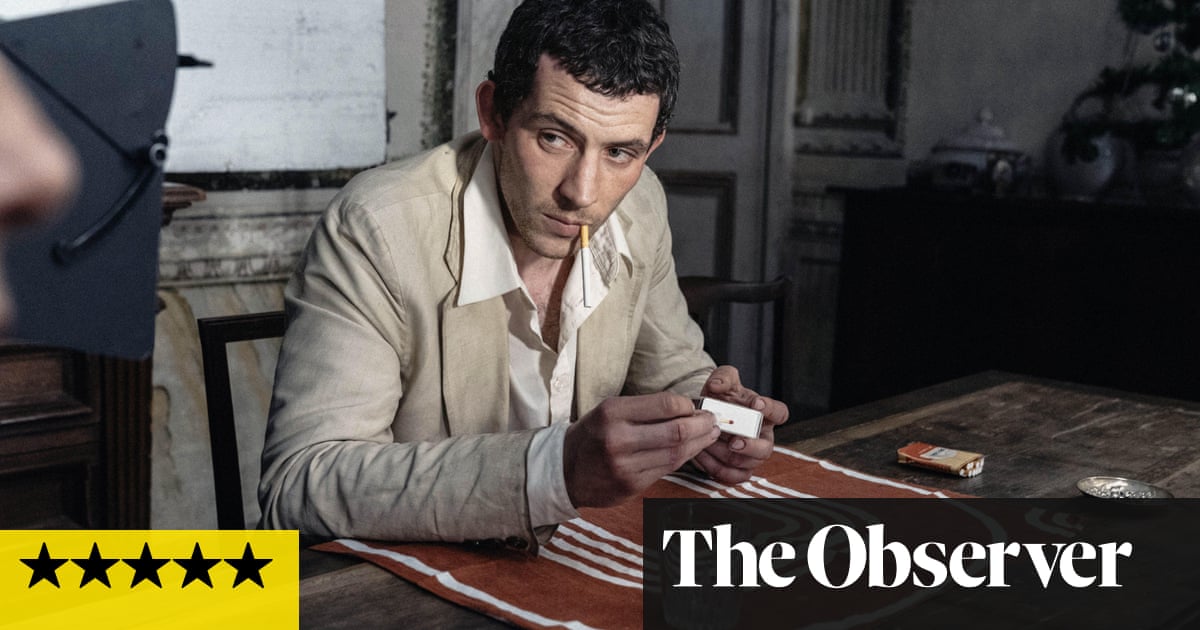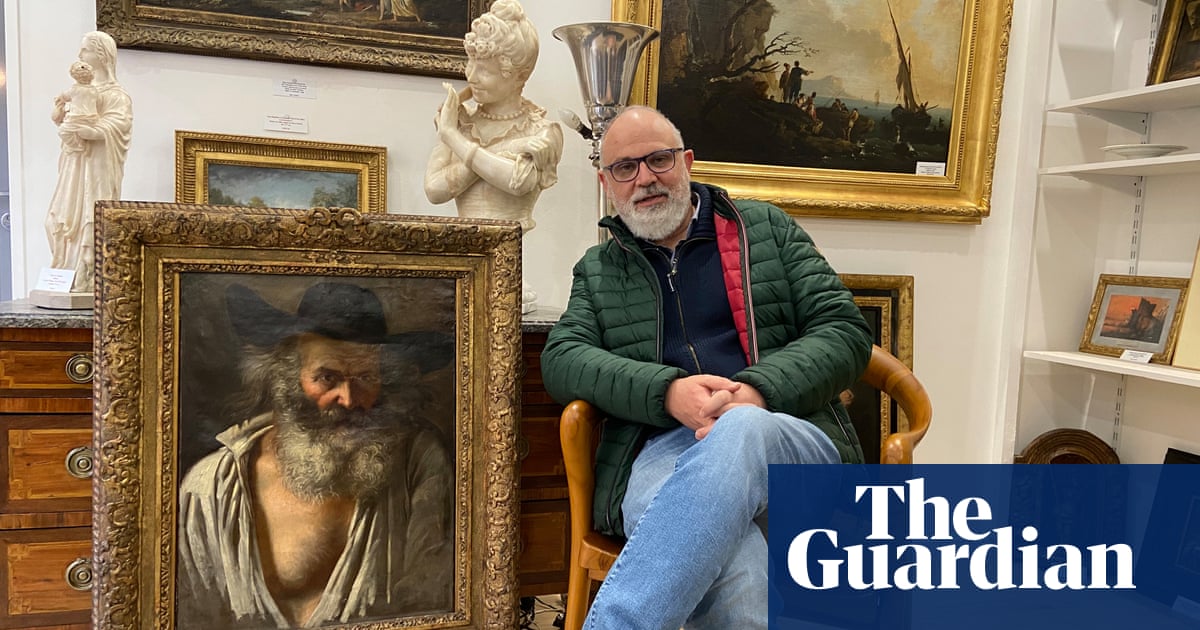
y day, the tombaroli, or tomb raiders, marked out the spot. They used long, pointed tools to pierce the earth, beneath which there was a passage that would take them to Roman homes replete with treasure in Civita Giuliana, a suburb of ancient Pompeii, about 700 metres north-west of the main archaeological park.
By night, they dug a network of tunnels. Each was about 40 metres long, starting from their home or abandoned buildings in the countryside area close to the site, and connected to the passage, from where they hammered through ancient walls as they made their way into the homes to seize their loot.
For years, their cunning methods were successful, allowing the tombaroli, a father and son team, to steal artefacts from the site and sell them on for huge sums of money to art traffickers around the world. Then, in 2012, they were caught in action – by Italy’s art police, the carabinieri’s cultural protection unit.
The special squad had discovered a hole covered by metal sheets, earth and crops leading to an illegal excavation, along with three frescoes destined for exportation overseas. The relics were recently returned to Pompeii’s archaeological park.
“The tombaroli know their dig can either go well or badly,” said Gen Roberto Riccardi, the chief of Italy’s cultural heritage protection squad. “The tunnels at Civita Giuliana were found thanks to intelligence work. The tombaroli are usually people we know and have significant experience … often there are generations of them. But this is not their only work: they usually have farming or building trade activities.”
Looters have been plundering Italy’s cultural sites for decades, but since 2012 their trade has not been as fruitful, owing to an intensified crackdown by Italy’s art police, of whom there are 302 across the country.
In 2020, the squad found 24 illegal digs, arrested 68 thieves and recuperated 17,503 archaeological artefacts. The unit carries out controls of archaeological sites on the ground or above by helicopter. A scuba-diving team also patrols archaeological sites along the Italian coast.
Among the items retrieved last year and recently brought back to Pompeii were three other frescoes that had been sliced off the walls of Villa Arianna and Villa San Marco – homes that once belonged to noble families in Stabiae, a historical site close to the archaeological park’s main excavations – in the 1970s. The relics were smuggled overseas and it is known that they were eventually bought by English, American and Swiss antique dealers in the 1990s. The items later returned to Italy, where, with the help of an archaeological expert, police were able to identify them among the private collection of a businessman in Milan. The archaeologist also noted that the frescoes had been tinkered with in order to make them more valuable.
“There is a whole network of people involved, starting from the tombaroli, who are in touch with dealers, who in turn agree a price with international traffickers. When there is a significant value, either artistic or historic, the traffickers act,” said Riccardi.
The criminal merchants then create a fake paper trail to deceive buyers into believing that they are buying items derived legally.
In the past, looted relics have ended up in some of the world’s biggest museums. In 1996, the Getty museum in Los Angeles acquired artefacts, including frescoes stolen from Pompeii, that led to the museum’s curator later going on trial in Rome, accused by the Italian government of conspiring to traffic looted art, though the charges were dropped in 2007. That same year, New York’s Metropolitan Museum of Art gave back antiques, including statues and vases, that had been illegally excavated and smuggled out of Italy.
Most of the country’s stolen relics end up with buyers in northern European countries and the US, although countries in the far east and Middle East have emerged as prominent markets, too.
Italy’s cultural heritage, including artworks, has an estimated value of €986bn, making it among the preferred prey of traffickers.
The cultural heritage protection squad was established in 1969 on the basis of an article in the country’s postwar constitution stating that the new Republic must protect its landscape as well as historical and artistic heritage. However, the protection and recuperation of the territory’s historical riches dates back much further. In 1816 the Italian sculptor Antonio Canova negotiated with Paris to repatriate artworks stolen by Napoleon Bonaparte. The Duke of Wellington also played a major role in returning items plundered by Napoleon and his army.
The squad has a database containing about 1.3m files on stolen artworks and archaeological relics.
“The job is a big challenge,” said Riccardi. “But it’s about reclaiming the history and beauty which our art, in the past and present, has given to Italy.”












